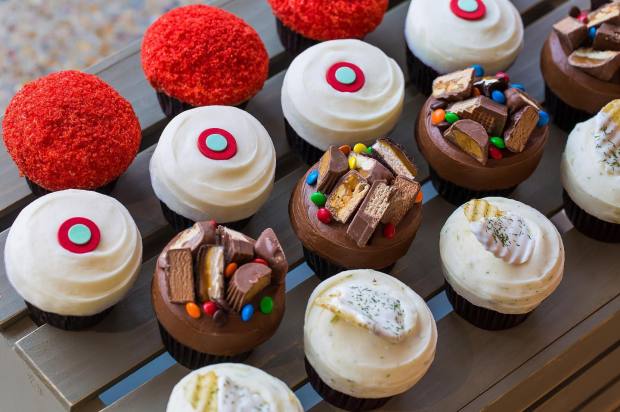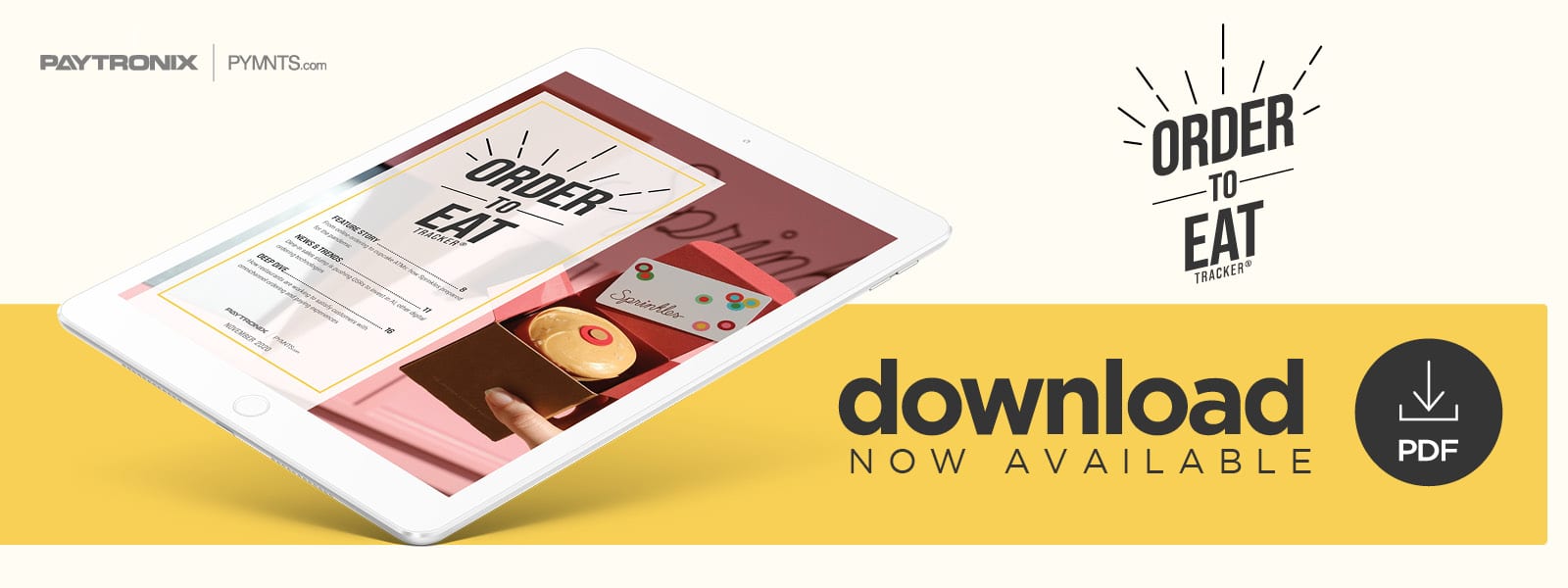From Online Ordering To Cupcake ATMs: How Sprinkles Prepared For The Pandemic

Restaurants and bakeries have been sweet on digital and contactless technologies during the pandemic, but determining how best to use these tools can still prove tricky. In the Order To Eat Tracker, Daniel Legh-Page, vice president of technology and IT at Sprinkles, explains how the confectioner capitalized on digital ordering solutions — and even cupcake ATMs — to help customers safely satisfy their sweet tooths.
Contactless ordering and payment options have become crucial equipment for restaurants’ survival during the pandemic, and many eateries have had to scramble to acquire these capabilities.
Quick-service restaurants (QSRs) that were behind the curve on digital technologies have quickly pivoted to enable touchless payments and delivery.
One bakery chain had a leg up when the pandemic changed everything. Sprinkles, a Beverly Hills, California-based confectioner, was as prepared as a QSR could possibly be for the rush to online ordering, payments, pickup and delivery.
Sprinkles adopted online ordering nearly a decade ago for custom cakes and catering. Digital accounted for almost one-quarter of the chain’s ordering volume before the pandemic hit, Daniel Legh-Page, the company’s vice president of technology and IT, said in a PYMNTS interview. The bakery’s ordering experience was not tailored to accommodate requests, such as wanting to pick up two cupcakes in 20 minutes, however.
Perhaps it was luck or a stroke of genius, but the confectioner also introduced the world’s first cupcake ATM in 2012. Customers, instead of getting cash from this machine, can choose up to four cupcakes, such as black and white, red velvet and vanilla milk chocolate.
ATM sales had been flattening, mostly because customers saw it as a novelty for one-time use while taking selfies and videos, Legh-Page said. That changed in March with the pandemic’s onset: ATM sales doubled.
“As our doors closed but we remained open, the ATMs filled the big void for guests [who] would typically walk into the bakery,” he said.
Meeting the Pandemic Challenge
Coping with the pandemic has meant seeing fewer customers inside brick-and-mortar stores, so offering options such as curbside pickup, takeout and delivery has become critical for QSRs looking to keep their operations afloat. The online food delivery sector has ballooned as a result, with research projecting its estimated value at $136 million by year’s end as drive-thru, self-service kiosks and contactless mobile ordering volumes continue to grow.
Legh-Page said having systems in place for online ordering and payments made the transition to 100 percent digital in March that much easier. Sprinkles had already upped its digital service by partnering last year with Olo, a New York-based mobile and online food ordering platform, to enable its customers to order food from online menus and pay from their mobile or desktop devices. The bakery chain was ready to take service to the next level when the pandemic demanded it, launching nationwide shipping for next-day delivery in July.
“Anyone who had things like curbside [pickup], which we had in place, or digital delivery … [was] really helped [by it] because guests were already used to ordering through those channels and it was already top of mind.”
Legh-Page said the chain’s three dozen bakeries from New York City to Beverly Hills are all currently operating. Some allow just a few customers into the bakery at a time while others allow customers to order by mobile or online and pick up their treats from an employee at the store’s door. Being 100 percent operational eight months into the pandemic is impressive, but the shift to all-digital has been huge nevertheless, he added.
“Now it’s a question of when all the doors open and things get [back to] normal, will [online sales volume] go down to those previous numbers or will it sit somewhere in between?” Legh-Page said.
He said he expects digital volume to settle at between 50 percent and 60 percent of the total as the pandemic subsides — a 100 percent increase over its pre-pandemic share.
“That’s not outside the realm of [what’s] possible,” he said. “I would never have said that was possible in January and February.”
No business that survives the pandemic will likely be caught off-guard again when it comes to digital preparedness. It is, of course, impossible to prepare for every eventuality, but Sprinkles illustrates that being proactive and ahead of the technology curve can make all the difference between surviving and thriving in a crisis.

